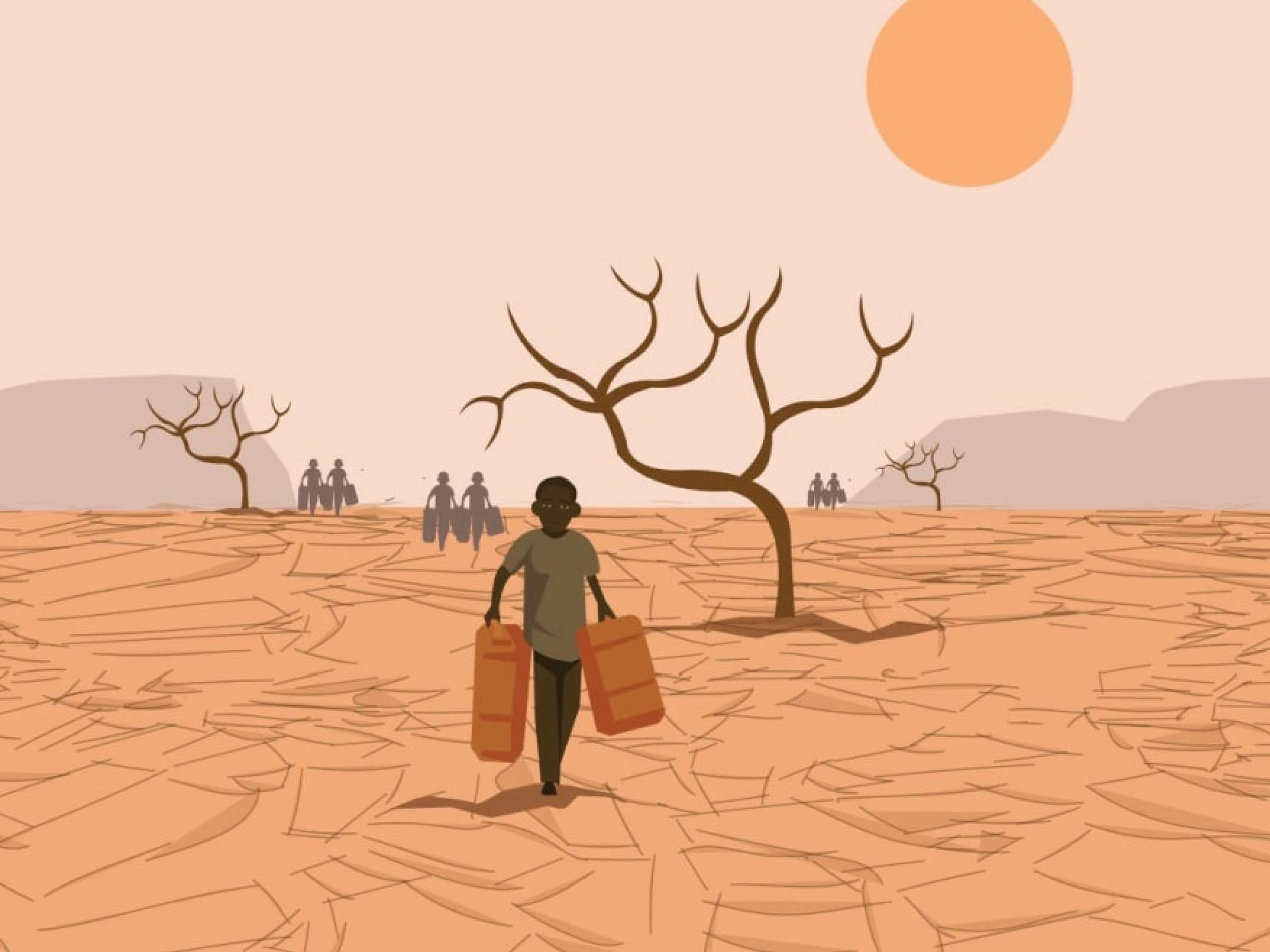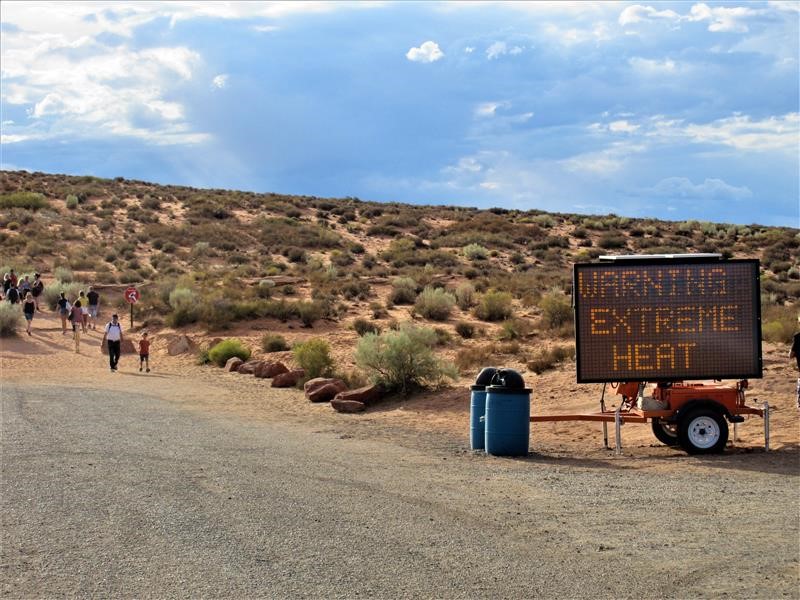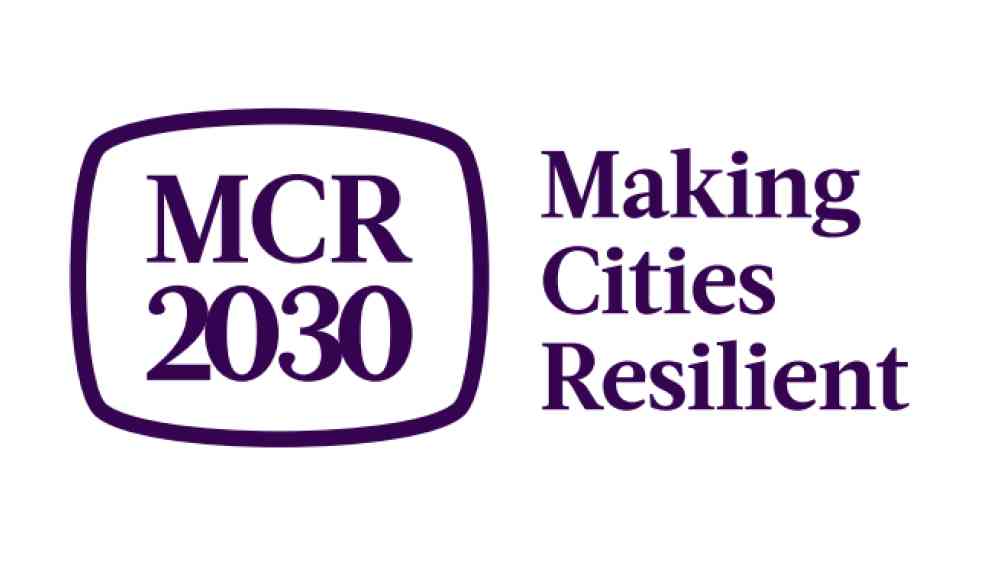Extreme heat:
A growing global challenge
As global temperatures rise and extreme heat events become more frequent and severe, the urgency for effective, collective risk reduction, governance, and management is clearer than ever. Extreme heat is not just a seasonal inconvenience—it is a planetary threat that endangers human life, disrupts economies, and destabilizes ecosystems.
Key documents
- Extreme Heat Risk Reduction: Expert Consultation report (coming soon)
- Extreme Heat Risk Reduction Primer (coming soon)
- Factsheets (coming soon)
- Extreme heat solution package - Consultation workshop report
The scale of the problem
Between 2000 and 2019, heat-related deaths averaged nearly 489,000 annually, with acute impacts in certain regions—such as the 61,000+ deaths recorded in Europe during the summer of 2022. The economic toll is also staggering: in 2022 alone, labor capacity losses due to extreme heat were estimated at $863 billion USD, with 2.4 billion workers at high risk globally. In France, the economic burden of heat-related health impacts from 2015 to 2019 reached €25.5 billion.
Urban environments are particularly vulnerable, warming significantly faster than global averages due to the Urban Heat Island effect. Infrastructure failures, including transport and energy disruptions, become more frequent under extreme temperatures, compounding risks for city dwellers.
At the same time, projections are grim: an estimated 600 million people could be living in uninhabitable zones in the near future if urgent action is not taken.


Why extreme heat is so dangerous
Extreme heat affects everyone. The human body is thermally fragile—above 37°C (98°F), it must dissipate heat rapidly to prevent organ damage and heatstroke. Without medical intervention, survival rates drop significantly. Some individuals, particularly in temperate regions, are more vulnerable due to lack of acclimatization, age, underlying health conditions, or socioeconomic factors. Heat stress also impacts daily life, reducing school attendance and learning outcomes.
But humans are not the only ones at risk. Natural ecosystems also have thermal limits. Crop failures, declining fisheries, and biodiversity loss are increasingly common as extreme heat triggers drought, fire, and shifting weather patterns. Ocean warming and ice melt are disrupting global circulatory systems, exacerbating extreme weather on both land and sea.

Current approaches and the need for a systemic response
Many countries, cities, and local governments are implementing Heat Action Plans, yet most remain reactive, focused on emergency response rather than long-term prevention and adaptation. This approach is not sufficient.
Addressing extreme heat requires integrated, cross-sectoral solutions that:
- Confront the root causes of risk, including poverty, inequality, and ecosystem degradation.
- Recognize the interconnected and systemic nature of heat risk across multiple sectors.
- Provide technical and advisory support for decision-makers to improve risk management.
To build resilience, we need to develop comprehensive strategies that span timescales and jurisdictions, ensuring that extreme heat is not just managed as a crisis but mitigated through long-term risk reduction efforts. The time to act is now.
Related initiatives

